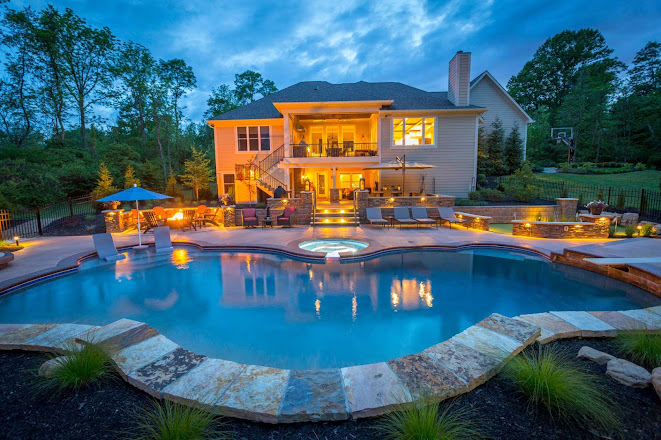"Diving into the Details: The Essentials of Pool Development"
With summer just around the corner, many people are already dreaming about days spent lounging by the pool. But what goes into making a pool? In this article, we'll dive into the details of pool development, from the initial planning stages to the finishing touches.
The first step in any pool development project is deciding on a location. It's important to consider factors like access and visibility to potential users, as well as nearby amenities such as restrooms or changing rooms. Another factor to consider is local zoning regulations that may limit the type of construction allowed in certain areas. Once you've chosen a suitable location, you can begin discussing design options with your contractor or designer.
When it comes to design, there are several things to keep in mind. First, you'll want to think about how large and deep the pool should be for optimal safety and enjoyment. You'll also need to decide on features such as ladders, slides, diving boards and water features. Finally, take some time to consider materials for the walls and floor – usually concrete or fiberglass – and finishes like tiles or mosaics for a more customized look.
Once you're happy with your plans, it's time to get all necessary permits from local agencies before moving forward with construction. Depending on where you live and other factors, permits may include but not be limited to building plans approval, plumbing work permit and electrical installation approval. Your contractor should provide copies of all approved documents when construction is complete.
During installation of your new pool, it's important that proper safety measures are taken into consideration at all times. This includes fencing off any area around an artificial body of water (pools included) as well as keeping electrical equipment away from wet areas while they’re being used during installation or maintenance activities (like cleaning). Additionally make sure that any chemicals used during regular cleaning activities follow safety standards set by organizations like OSHA (Occupational Safety & Health Administration).
Finally don't forget about routine maintenance once your pool is installed! Cleaning should happen regularly with special attention paid after heavy rainfall or snow events; proper circulation should occur regularly too which helps reduce algae growth; additionally pH levels will need testing routinely too (this helps maintain correct chemical balance & also ensures safe swimming conditions). All these tasks can help prevent bigger problems down the line!
Adding a swimming pool to your home can be an exciting prospect for summer fun with family and friends — just remember that there's much more involved than meets the eye! From choosing the right location and getting necessary permits, to installing safety measures - these are all essential steps in successful pool development projects which will bring many years of enjoyment when done right!




Comments
Post a Comment